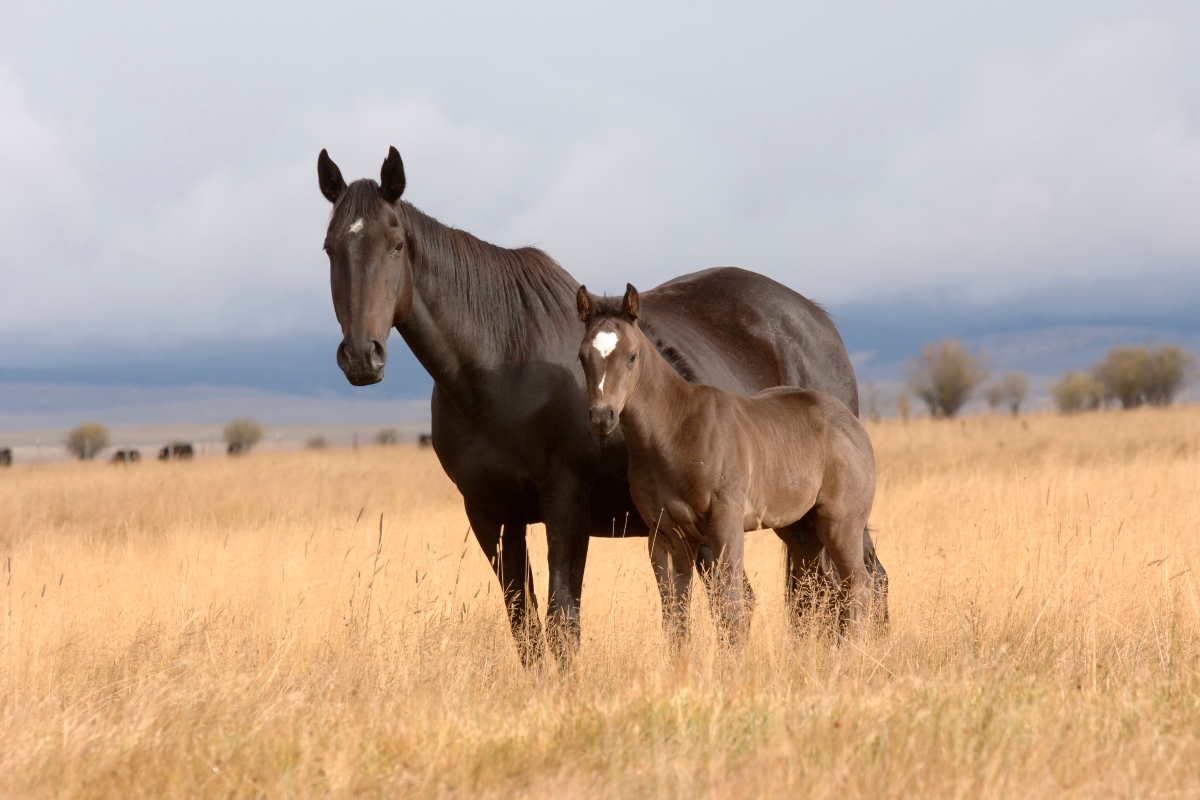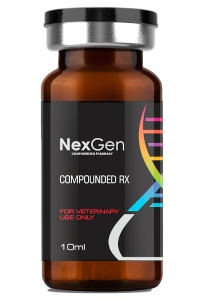Maximizing the Reproductive Management of Mares

A significant segment of the equine industry is involved with the breeding and of mares and the management of their breeding cycle. Given the sheer numbers of animals involved, this means that the economic considerations make it absolutely necessary for horse owners and managers to understand the equine reproductive cycle and how it can be managed.
An awareness of the particulars of the mare's reproductive cycle is important for these parties regardless of whether they are directly involved with breeding in their own operations, or enlist a commercial facility for the breeding of their mares.
Mares are seasonally polyestrus (meaning that they experience regular estrus cycles during Spring, Summer and early Fall, but not in Winter). These cycles are controlled by the mare's hormones, which in turn respond to an increase or decrease in daylight duration with the onset of seasons.
Objectives and Challenges
The horse owner or manager's chief objectives when managing mares' reproductive function are:
- Maximizing fertility
- Minimizing the risk to breeding mares and stallions
- Controlling the incidence of infections
- Ensuring the efficient and effective use of the stallion
- Minimizing neonatal losses1
Obstacles to these can include the fact that mares are seasonal breeders, and in some breeds are required to be in full ovulatory estrus before the natural onset of their seasonal cyclical activity. In cases where brood mares are selected for their athletic performance rather than their reproductive viability, unforeseen challenges relating to individual cyclic variations, reproductive abnormalities, temperament, etc. can complicate breeding. The failure to properly detect estrus (and therefore determination of optimal breeding time) can also sabotage breeding efforts. Finally, poor semen quality in the stallion—who may have been selected for his performance rather than his reproductive viability—can present still further complications.2
Tried-and-True Basics
In addition to a working knowledge of mares' reproductive function and access to necessary materials and methods, there are techniques and systems that have been indispensable to horse owners and managers since the beginning of equine breeding by humans.
The Physical Exam is Critical
The physical examination contains aspects with which many seasoned horse owners will be familiar, and others which would be best performed by a veterinarian. This may include any combination of the procedures listed below:
- Examination of the internal and external genitalia at estrus, which may utilize speculum. Vaginoscopy, ultrasonographic and fiberoptic methods may also be used per the veterinarian's assessment, as well as uterine endoscopic examination.
- Hormonal monitoring, including hormonal assays in conjunction with palpation.
- Rectal palpation and ultrasonography for the purpose of elucidating cyclical activity and explaining teasing behavior.
- Routine palpation of ovaries may be performed every 48 hours when the mare is in estrus unless the stallion has known short-lived sperm. In the case of artificial insemination with frozen semen, examinations should be more frequent.
- In post-mating scenarios, follow-up examinations at 48 hours post-mating evaluates the ovulatory status of the ovary and assesses any fluid present in the uterus and necessity for rebreeding or for an early check for twins if multiple corpora lutea are present.1
Good Recordkeeping is a Must
In addition to the protocols listed above (many of which have been refined with advancing technology), precise and regular recordkeeping in an integral part of a good breeding program; such a program will go a long way to alleviate frustration and wasted financial resources.
A full outline of a particular mare should include a year by year account of previous foals, incidence of early embryonic loss; abortion and/or early embryonic/fetal death; twinning, cycling idiosyncrasies, anestrus during ovulatory season, previous uterine infections, contagious equine metritis, endometritis, as well as any bacterial or venereal diseases. If in foal, skeletal problems of the pelvis should be recorded.2
Records should detail important information gleaned from the history, and include additional information as follows:
- Physical examination - conformational defects of external examination and internal genitalia
- Teasing behavior
- Results of reproductive examination
- Results of laboratory tests
- Breeding dates
- Pre- and post-breeding treatments
- Results of ultrasonographic examination1
 These are the basics of good breeding programs; these have proven to be the
best avenue to maximizing the reproductive management of mares. Individual
horse owners and smaller breeding operations may rely on a few, several or all
of these, while larger facilities may incorporate even more comprehensive
elements.
These are the basics of good breeding programs; these have proven to be the
best avenue to maximizing the reproductive management of mares. Individual
horse owners and smaller breeding operations may rely on a few, several or all
of these, while larger facilities may incorporate even more comprehensive
elements.
Equine Breeding Products
You can find equine breeding products in our online store. Login to your account to view prices and purchase or create an account. Please note you must have a valid veterinarian license to create an account. If you do not, please forward our information to your veterinarian.
1Meyers P J (1993)Methods of controlling and synchronizing oestrus in the mare. Equine Vet Educ5(5), 262-266.
2Woods J, Bergfelt D R & Ginther O J (1990) Effects of time of insemination relative to ovulation on pregnancy rate and embryonic-loss rate in mares. Equine Vet J22(6), 410-415
About NexGen Pharmaceuticals
NexGen Pharmaceuticals is an industry-leading veterinary compounding pharmacy, offering sterile and non-sterile compounding services nationwide. Unlike other veterinary compounding pharmacies, NexGen focuses on drugs that are difficult to find or are no longer available due to manufacturer discontinuance or have yet to be offered commercially for veterinary applications, but which still serve a critical need for our customers. We also specialize in wildlife pharmaceuticals, including sedatives and their antagonists, offering many unique options to serve a wide array of zoo animal and wildlife immobilization and anesthesia requirements.
Our pharmacists are also encouraged to develop strong working relationships with our veterinarians in order to better care for veterinary patients. Such relationships foster an ever-increasing knowledge base upon which pharmacists and veterinarians can draw, making both significantly more effective in their professional roles.



